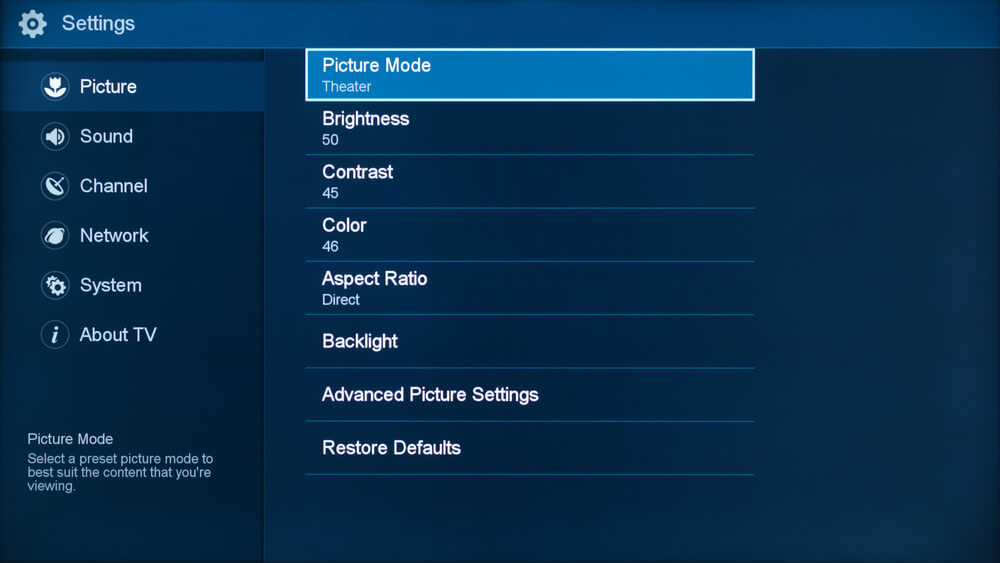

This is helpful to keep your images at a width and height that scales appropriately for mobile devices, for example.ģ80 x 446 for left column 792 x 446 for right columnģ80 x 594 for left column 792 x 594 for right columnħ92 x 446 for left column 380 x 446 for right columnħ92 x 594 for left column 380 x 594 for right column

Here are height/width guidelines for 16:9 and 4:3 aspect ratios (rounded up/down to the nearest pixel). The height of images placed within other column layouts will depend on your aspect ratio. Following are the width guidelines for each of the column layouts:ģ80 for left column 792 for right columnħ92 for left column 380 for right columnīecause of the responsive nature of pages, images in full-width columns will always display at full-width of your screen with an automatic height based on screen size. For example, an image in an image web part in one column should be at least 1204 pixels wide. A general rule for images expected to fill the width of a column is that they be at least as wide as the column in which they are placed. Column layoutsĪ page can be laid out with sections that include different column types and layouts, such as full-width columns, one column, two columns, three columns, one-third left and one-third right columns. In most cases, images in modern web parts work best across layouts and devices when they have an aspect ratio of either 16:9 or 4:3, depending on the layout. You can find aspect ratio calculators online and in some photo editing tools to help you determine the aspect ratios of your images. Or, it could be 1920 x 1080, 1280 x 720, or any other width/height combinations that can be calculated to equal 16:9. As an example, a ratio of 16:9 could be 1600 pixels in width by 900 pixels in height. It is usually expressed as two numbers, such as 3:2, 4:3 or 16:9. Web part layout: the layout you choose for the web part in which the image is being usedĪn aspect ratio is the relationship between width and height of images. However, there are some guidelines that can help you make sure your images look great on your pages.įinding the best image sizes for your page depends on these factors:Īspect ratio: the relationship between height and width of imagesĬolumn layout: the type and number of columns on your page Images are resized and cropped automatically to show the best possible result across a variety of devices and layouts. For example, modern pages are designed to look great on mobile devices, and automatic image scaling helps create that attractive experience.īecause of the responsive page design, there is not a specific height or width in pixels that will ensure that an image will maintain a specific shape across devices and layouts. Finally, click on the Convert All button to save the videos with the proper aspect ratio.Modern pages and web parts are designed to be fully responsive across devices, meaning that images used in web parts will scale differently depending on where they are shown, which layout is used, and the device on which they are being viewed. You can also convert the video format with the Convert All to option at upper right side. When you go back to the main interface, set a destination folder in the Save to field. To use the same aspect ratio to all videos, click Apply to All. If you wish to change video aspect ratio manually, just move the crop box until you are satisfied. Move to the Crop section, pull down the Aspect Ratio, and select a proper one. Click the Edit icon under the first title to open it in the video editor window. The former adds specific videos and the latter is used to open all videos in a single folder.Īfter video loading, you will see the videos in the main interface. Click the Add Files menu at upper left side and select Add Files or Add Folder to import the target videos that you want to edit.
#Change aspect ratio online install#
Run the best video aspect ratio converter once you install it on your PC.


 0 kommentar(er)
0 kommentar(er)
